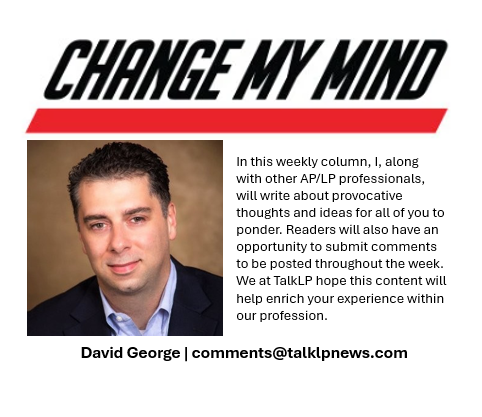A column dedicated to thought-provoking conversation for Asset Protection professionals.
In this weekly column, I, along with other AP/LP professionals, will write about provocative thoughts and ideas for all of you to ponder. Readers will also have an opportunity to submit comments to be posted throughout the week. We at TalkLP hope this content will help enrich your experience within our profession.
Although everyone in the Asset Protection/Loss Prevention (AP/LP) profession understands the total retail loss caused by Organized Retail Crime (ORC) is impossible to ascertain, we can all agree it is astronomical. Although estimated losses from ORC continue to be debated, some estimate the number to be greater than $100 billion per year. With numbers this high, it is no wonder AP/LP executives invest so much of their resources toward combatting ORC.
However, there is something plaguing retailers that causes losses 7 times greater than ORC, and it is easier to fix: Inventory overstocks and out-of-stocks. In a study published by The IHL Group, overstocks and out-of-stocks are responsible for an annual loss of $1.1 trillion in sales globally, which is nearly the GDP of Australia!
The two main levers for reducing shrink are Preventing Theft and Increasing Sales, yet far too many AP/LP professionals spend most of their resources on the Theft Prevention lever. Lost sales cause an increase in retail shrink as a percent-to-sales. Consider this hypothetical scenario: imagine a store losing the exact same items, dollar-for-dollar, to ORC for two consecutive years. If their sales also remain identical for both years, then their inventory shrink percent also remains unchanged. However, if their overall sales significantly increase in the second year due to a decrease in out-of-stocks, then their shrink as a percent-to-sales will significantly decrease.
So why aren’t more AP/LP leaders putting resources toward identifying and rectifying issues with stock on hand?
One of the best ways to get involved is to simply add out-of-stocks and over-stocks to your AP/LP Audits and report your findings to Operations. By doing so, you will add tremendous value to your organization.
Feel free to send comments to either support my position or to Change My Mind.
Send all comments to: Comments@TalkLPnews.com. If your comment gets listed in the TalkLPnews Retail Rundown for the remainder of the week, it will be listed as “anonymous.”
David E. George, CFE, CFI is managing partner of Calibration Group, Inc. Previously, David served as vice president over Asset Protection for Dollar General Stores, a company with more than 20,000 stores in 48 states. While serving Dollar General, David was responsible for the Asset Protection field team, the Asset Protection corporate team, the Shrink Improvement team, and the Shrink Analytics team.
Prior to Dollar General, David held the vice president of Asset Protection position with Harris Teeter Supermarkets, Inc., a regional chain based out of Matthews, NC. He served Harris Teeter for more than 14 years and has had previous loss prevention leadership roles with Kmart Supercenters.
For more information about Calibration Group, visit www.calibrationgroup.com.


